When you think of a truly refreshing apple — crisp, juicy, and bursting with flavor — the Zestar Apple stands out as a top performer. Featured by Raintree Nursery, this variety is celebrated for its early ripening, remarkable taste, and adaptability to different climates. If you’re looking for a fruit tree that rewards you early in the season with delicious apples, the Zestar is a must-have addition to your home orchard.
In this detailed guide, inspired by Raintree Nursery’s fruit feature, we’ll explore everything you need to know about growing, caring for, and enjoying the Zestar Apple tree — from its origins and planting tips to pruning, pollination, and harvesting advice.
The Origin and Appeal of the Zestar Apple
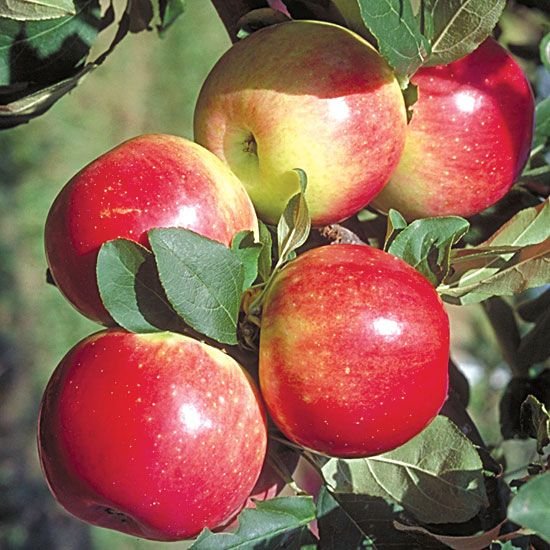
The Zestar Apple was developed by the University of Minnesota — the same team behind legendary cold-hardy varieties like Honeycrisp and Haralson. Bred for flavor, cold resistance, and early harvest, Zestar apples are among the first to ripen in the fall apple season, usually around late August to early September.
What makes Zestar unique is its balance of sweetness and tang, paired with an exceptional crunch. Many growers describe it as having the perfect “first apple of fall” flavor — bright, juicy, and refreshing after a long summer.
The apples are medium to large, with a red blush over a creamy yellow background. Their firm, white flesh resists browning better than many other early varieties, making Zestar apples perfect for fresh eating, salads, or even baking.
Why Choose Zestar for Your Garden
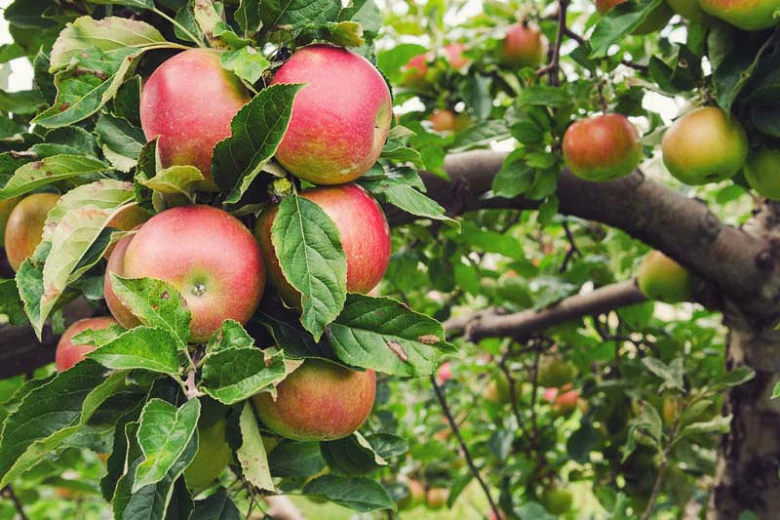
Raintree Nursery recommends the Zestar Apple for both home gardeners and small orchard owners, and it’s easy to see why. Here are the standout benefits that make this variety a gardener’s delight:
1. Early Season Harvest
Unlike many apple trees that ripen later in the season, Zestar is ready by late summer. This early timing allows you to enjoy apples before the fall harvest rush begins — and extends your fruit-growing season.
2. Cold-Hardy and Resilient
Developed in Minnesota, Zestar thrives in cold climates and can withstand temperatures well below freezing. It’s hardy to USDA Zone 3, making it ideal for northern regions where other varieties might struggle.
3. Outstanding Flavor
The Zestar offers a delightful mix of sweetness with a hint of tartness — a perfect balance that appeals to all palates. Its crisp texture and slow browning make it versatile for both eating fresh and cooking.
4. Strong Growth Habit
This tree grows vigorously and develops a well-shaped, open canopy. It’s not overly large, making it suitable for smaller yards, and it begins to bear fruit relatively early, often within 2–4 years of planting.
5. Pollination-Friendly
Zestar requires a pollination partner to produce a heavy crop. It pairs beautifully with other mid-to-early bloomers like Honeycrisp, Sweet Sixteen, or Gala. If you have space for multiple trees, this cross-pollination will result in abundant, high-quality fruit.
How to Plant a Zestar Apple Tree
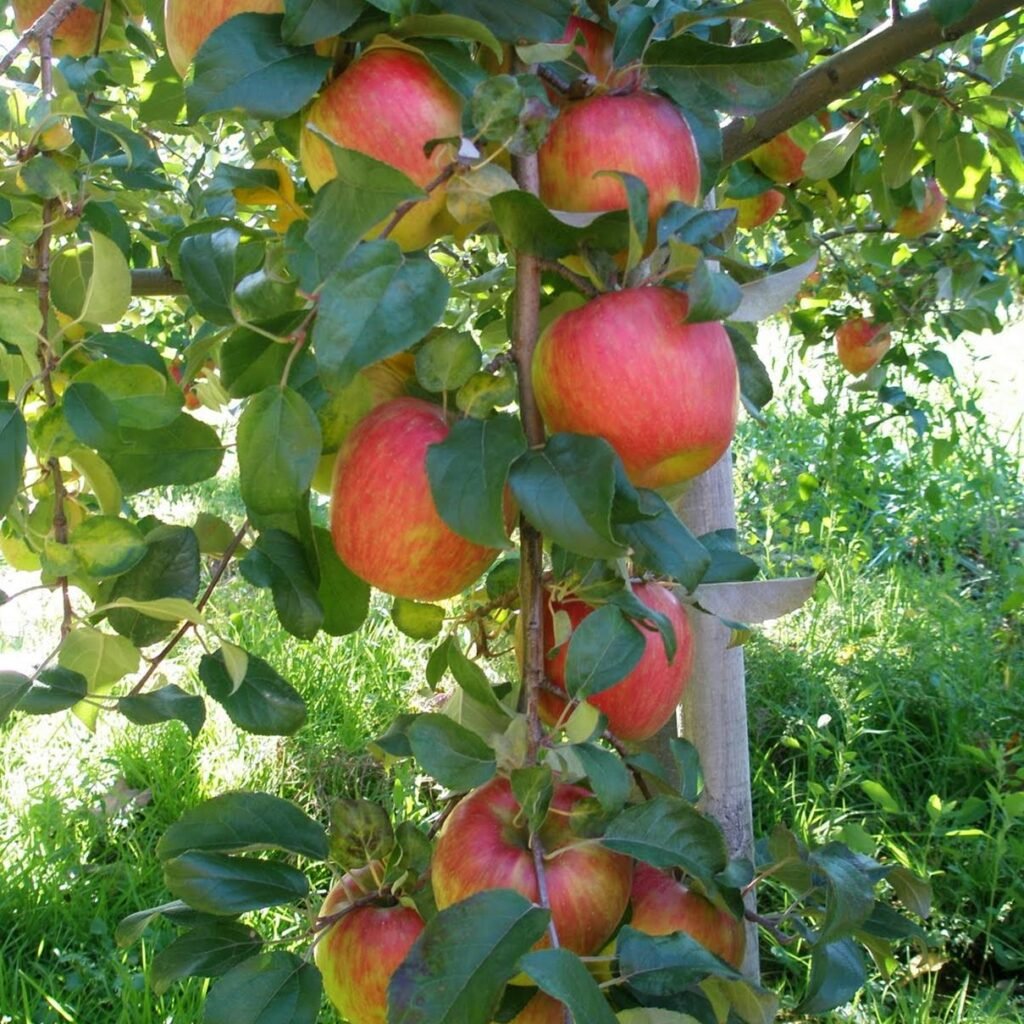
Proper planting sets the foundation for a healthy, productive apple tree. Here’s how to give your Zestar a great start:
Step 1: Choose the Right Location
Select a sunny spot with at least 6–8 hours of direct sunlight per day. Zestar apples thrive in well-draining soil, slightly acidic with a pH between 6.0 and 6.5.
Avoid planting in low-lying areas where cold air can settle, as frost pockets can damage early blooms.
Step 2: Prepare the Soil
Before planting, loosen the soil and mix in organic compost or aged manure to improve fertility and drainage. Avoid heavy clay soil unless amended with organic matter.
Step 3: Planting Process
- Dig a hole twice as wide and as deep as the root ball.
- Gently place the tree in the hole, ensuring the graft union (the bulge where the tree was grafted onto rootstock) sits about 2 inches above the soil line.
- Backfill the hole with soil, firming it gently around the roots.
- Water thoroughly to eliminate air pockets.
Step 4: Mulch and Water
Apply a 2–3 inch layer of mulch around the base, keeping it a few inches away from the trunk. This helps retain moisture and suppress weeds.
Water regularly, especially during the first growing season, keeping the soil consistently moist but not waterlogged.
Caring for Your Zestar Apple Tree
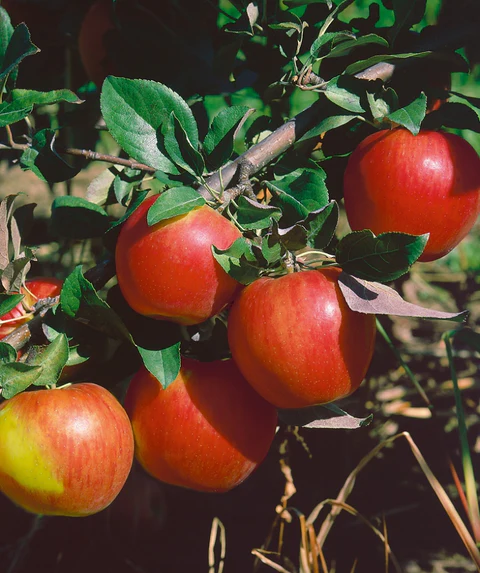
Growing a healthy Zestar tree involves a few simple maintenance steps throughout the year.
1. Pruning
Prune annually during late winter or early spring before new growth begins. Focus on removing crossing branches, weak wood, and water sprouts. Aim for an open canopy that allows light and air circulation.
A well-pruned tree is less prone to disease and produces higher-quality fruit.
2. Fertilizing
Feed your Zestar tree in early spring with a balanced, slow-release fertilizer (like 10-10-10). Avoid excessive nitrogen, as it encourages leafy growth at the expense of fruit production.
3. Watering
Keep the soil evenly moist during dry spells, especially in the fruiting season. Deep watering once a week is ideal to encourage strong root growth.
4. Pest and Disease Control
Zestar is relatively disease-resistant, but you should still watch out for common apple issues such as apple scab, codling moth, and aphids.
Raintree Nursery suggests organic methods like neem oil or insecticidal soap for pest control and proper pruning for disease prevention.
Pollination Partners for Zestar
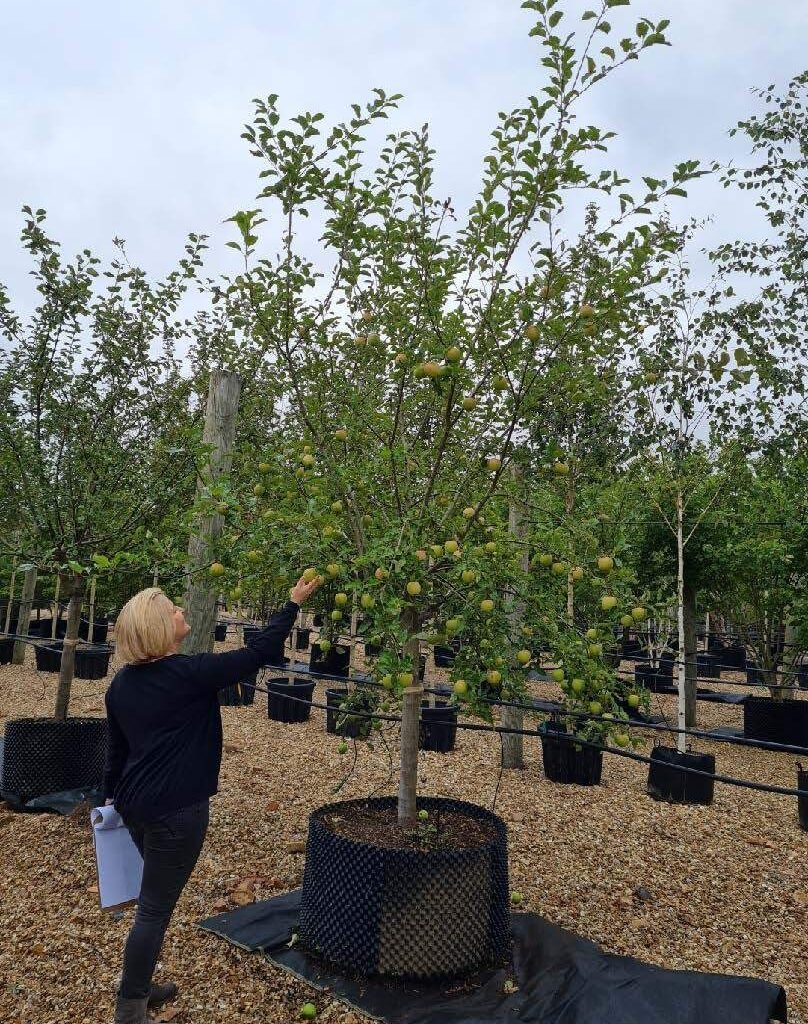
Since Zestar is not self-pollinating, it needs another apple tree nearby for successful fruit set. Good pollination partners include:
- Honeycrisp
- Gala
- Sweet Sixteen
- Cortland
- McIntosh
Plant the pollinator within 50–100 feet for the best results. If you’re limited on space, you can even graft a compatible variety onto the same tree — a great space-saving trick for small gardens.
Harvesting and Storage
The joy of growing Zestar apples comes full circle in late August or early September, when the fruit turns a beautiful red with hints of yellow. To check if they’re ready, gently lift the apple — if it comes off the branch easily with a slight twist, it’s ripe.
One of Zestar’s standout qualities is its excellent storage life for an early-season apple. It can last up to two months in cold storage without losing its crispness. That’s impressive for an apple harvested so early in the year!
For best storage results:
- Store apples in a cool, humid place (around 32–40°F).
- Keep them away from other produce that emits ethylene gas, such as bananas or tomatoes, to prevent premature ripening.
Enjoying the Flavor of Zestar Apples
Zestar apples shine when eaten fresh, but their firm texture and balanced sweetness make them versatile in the kitchen. Try them in:
- Fresh salads – add crisp slices for a burst of flavor.
- Apple pies or crisps – they hold their shape beautifully when baked.
- Homemade cider or juice – their tang adds a refreshing kick.
- Dried apple chips – a healthy, flavorful snack.
Their slow browning makes them perfect for charcuterie boards and fruit platters, too.
Why Raintree Nursery Recommends Zestar
Raintree Nursery highlights Zestar as one of the best introductory apple varieties for home growers. It’s dependable, productive, and incredibly flavorful — everything you could want in a fruit tree.
Whether you’re planting your first apple tree or adding to a growing orchard, Zestar’s combination of hardiness, taste, and early harvest makes it a rewarding choice. With proper care, your tree will provide decades of crisp, juicy apples for your family and friends.
Final Thoughts
The Zestar Apple Tree is more than just another fruit tree — it’s a celebration of early fall, bringing fresh flavor to your garden when summer is still in full swing. Its resilience, flavor, and adaptability make it one of the top picks for both beginner and experienced gardeners.
By following Raintree Nursery’s expert insights and the tips outlined here, you can enjoy bountiful harvests of this incredible apple year after year.
So if you’ve been searching for an apple variety that offers early ripening, amazing taste, and cold-hardy reliability, the Zestar is your perfect match.
Plant one this season — and let the first bite of that crisp, juicy apple remind you why homegrown fruit always tastes best.
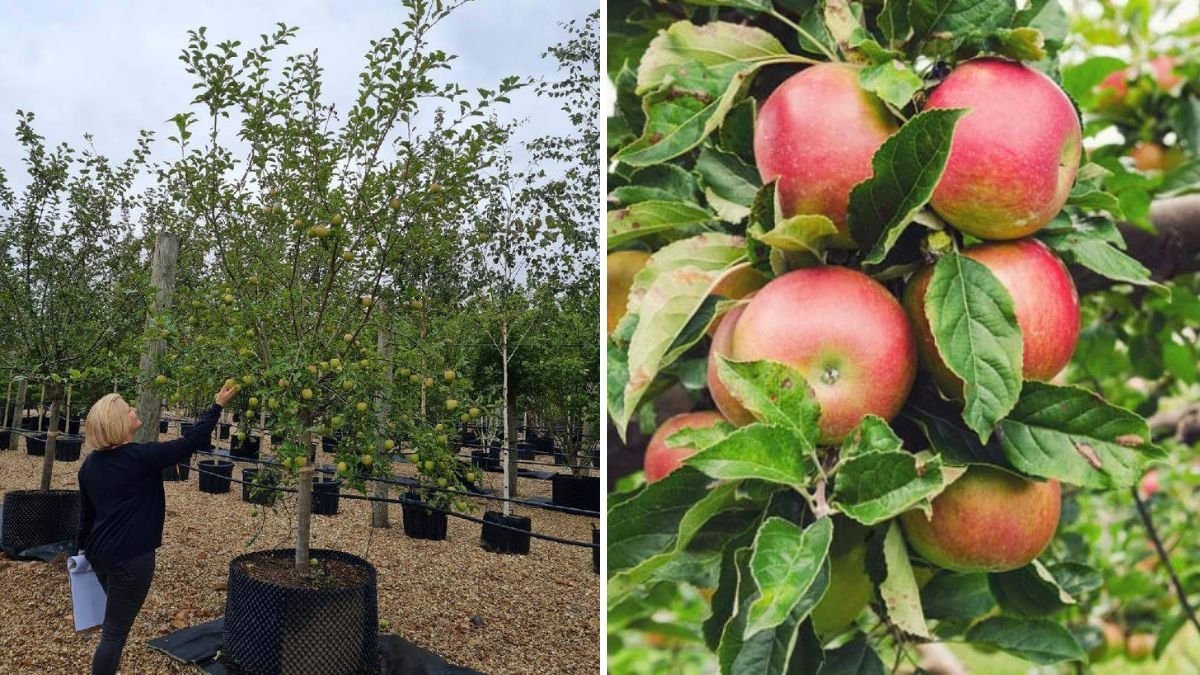

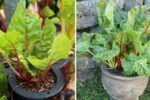
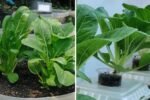
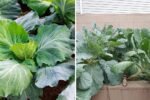

Leave A Comment